Small garden birds suffer in cold weather
The RSPB's Birdwatch 2010 found small garden birds suffering most in the cold winter
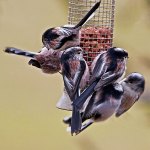

The results of the RSPB's Big Garden Birdwatch survey, which was launched in January, reveals that many small garden birds struggled in the unusually cold weather at the beginning of the year.
The number of coal tits spotted was down by 20% on last year, long-tailed tits were down by 27% and goldcrests were down by 75%.
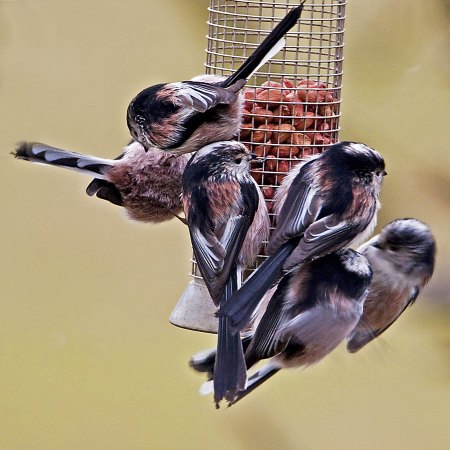
However, the cold weather also meant that birds more usually found in fields, trees and hedgerows ventured into gardens to find food, such as yellowhammers (up 68%), fieldfares (up 73%), redwings (up 185%), bullfinches (54%) and song thrushes (51%).
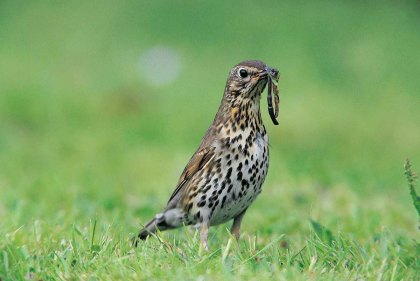
Sarah Kelly, Big Garden Birdwatch co-ordinator, said: ‘We were particularly concerned for small birds over winter, asking people to make sure they kept feeders topped up and supplied fresh water to help them.
‘These results highlight the importance of feeding and gardening for wildlife, especially during prolonged cold periods.'
The survey also showed that some of Britain's favourite species are still in decline. In the past five years, house sparrow numbers have dropped by 17% and starling numbers by 13.7%; the former has fallen by 62.3% since 1979 and the latter by 79%.
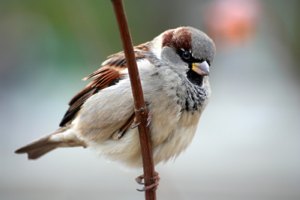
The house sparrow topped the survey for the seventh year running, with an average of 3.8% seen per garden. The blackbird rose from third to second place, with an average of 3.3%, and the starling dropped to third, with 3.1%.
Sign up for the Country Life Newsletter
Exquisite houses, the beauty of Nature, and how to get the most from your life, straight to your inbox.
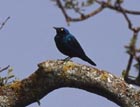
The top 10 species recorded in 2010 is as follows: 1. House sparrow - 3.8% 2. Blackbird - 3.3% 3. Starling - 3.1% 4. Blue tit - 2.6% 5. Chaffinch - 2.2% 6. Wood pigeon - 1.9% 7. Robin - 1.5% 8. Great tit - 1.4% 9. Collared dove - 1.3% 10. Goldfinch - 1.3%
Nearly 530,000 people took part in this year's survey, counting eight and a half million birds and recording 73 species in 280,000 gardens during the weekend of January 30-31.
For more information about attracting wildlife to your garden, visit www.rspb.org.uk/hfw
To comment on this article, use the comment box below, or email us at clonews@ipcmedia.com. Read more about the countryside
For more news stories like this every week subscribe and save
Country Life is unlike any other magazine: the only glossy weekly on the newsstand and the only magazine that has been guest-edited by HRH The King not once, but twice. It is a celebration of modern rural life and all its diverse joys and pleasures — that was first published in Queen Victoria's Diamond Jubilee year. Our eclectic mixture of witty and informative content — from the most up-to-date property news and commentary and a coveted glimpse inside some of the UK's best houses and gardens, to gardening, the arts and interior design, written by experts in their field — still cannot be found in print or online, anywhere else.
-
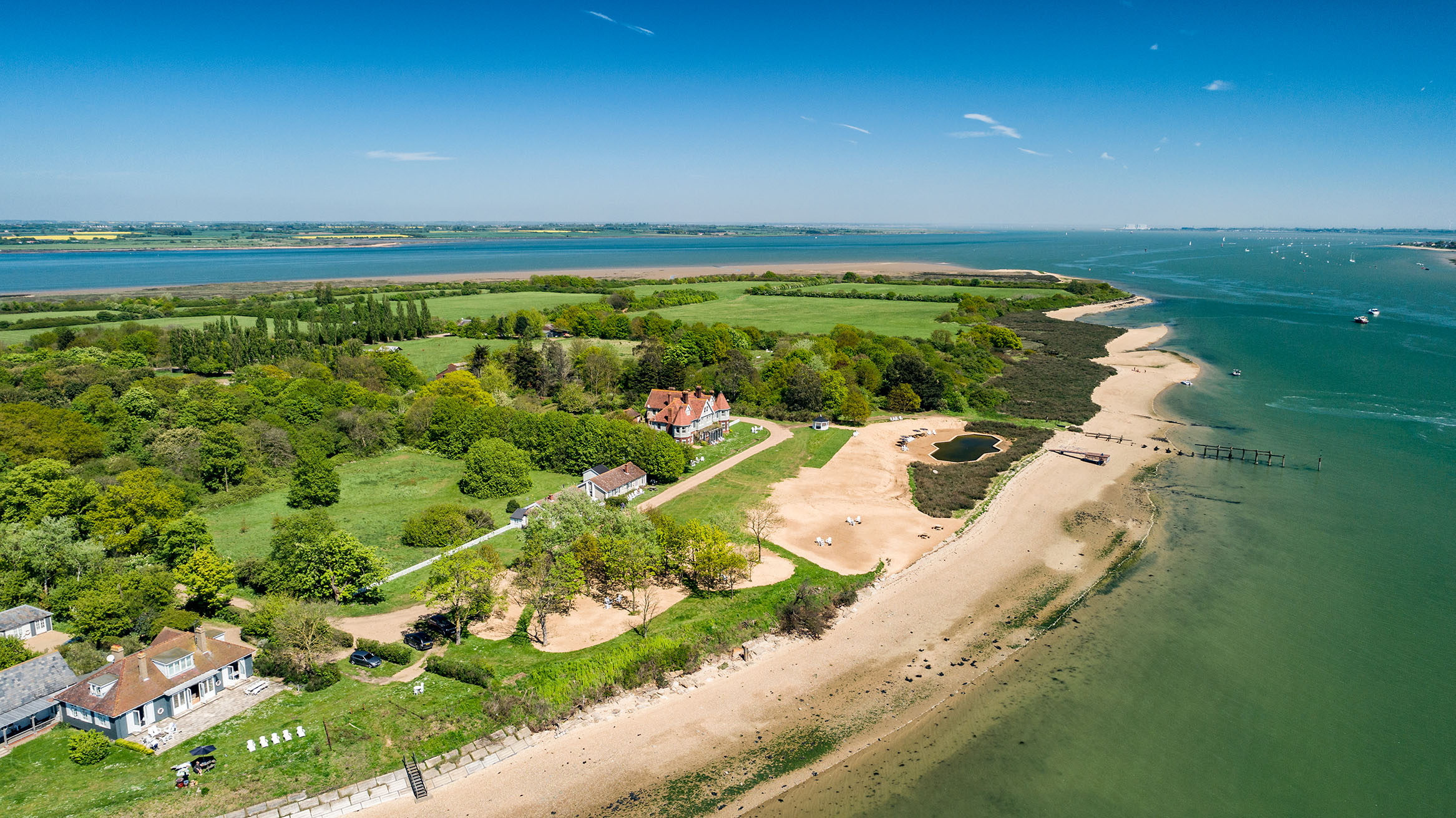 380 acres and 90 bedrooms on the £25m private island being sold by one of Britain's top music producers
380 acres and 90 bedrooms on the £25m private island being sold by one of Britain's top music producersStormzy, Rihanna and the Rolling Stones are just a part of the story at Osea Island, a dot on the map in the seas off Essex.
By Lotte Brundle
-
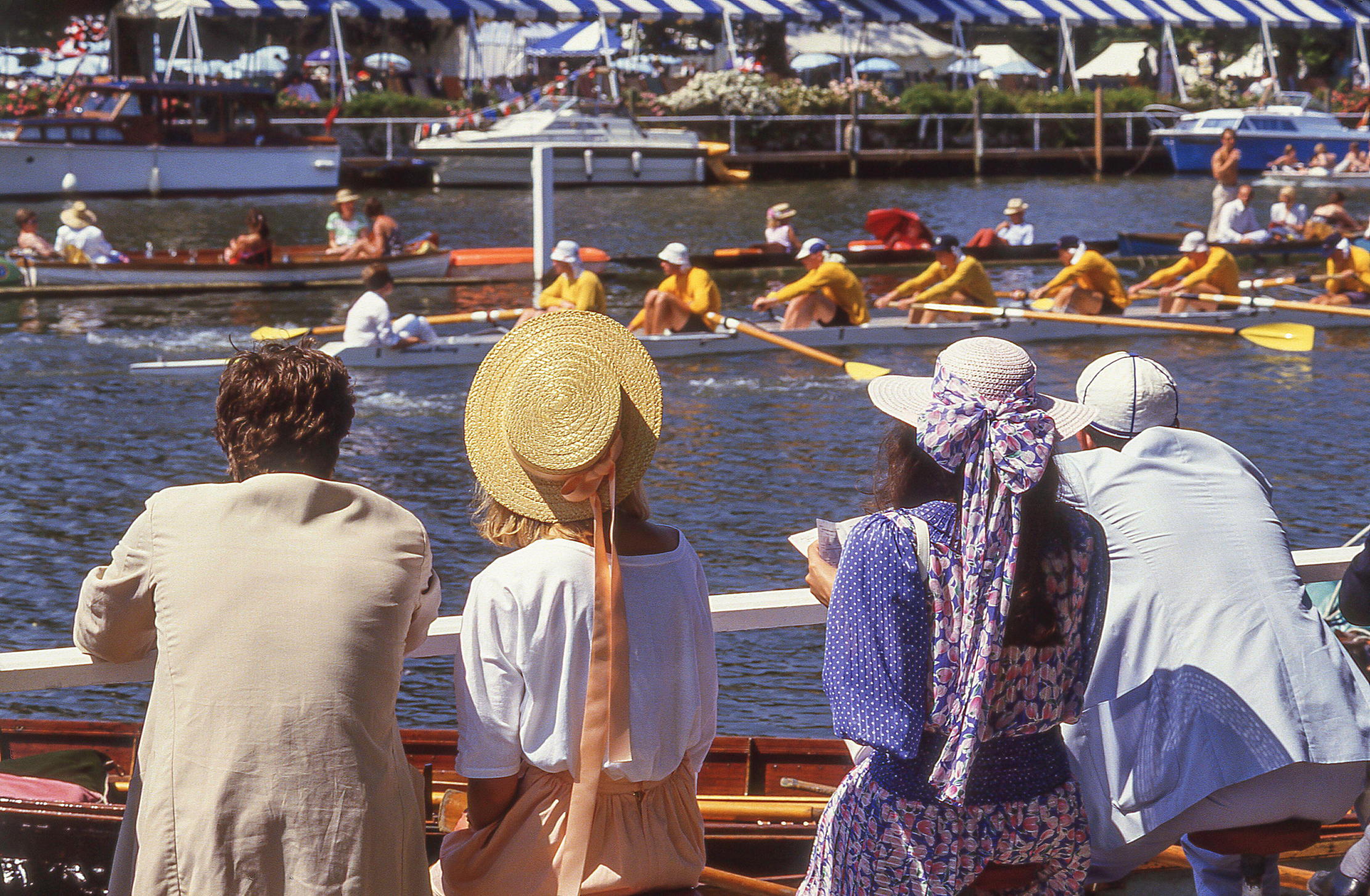 'A delicious chance to step back in time and bask in the best of Britain': An insider's guide to The Season
'A delicious chance to step back in time and bask in the best of Britain': An insider's guide to The SeasonHere's how to navigate this summer's top events in style, from those who know best.
By Madeleine Silver